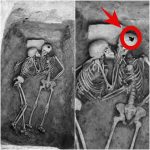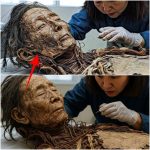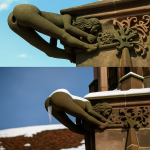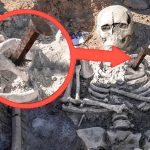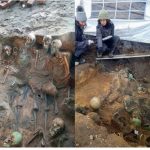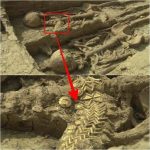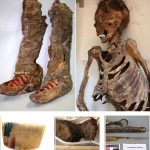The Temple of Onuris at Sebennytos: An Overlooked Sanctuary of the Hunter God
The Temple of Onuris at Sebennytos: An Overlooked Sanctuary of the Hunter God
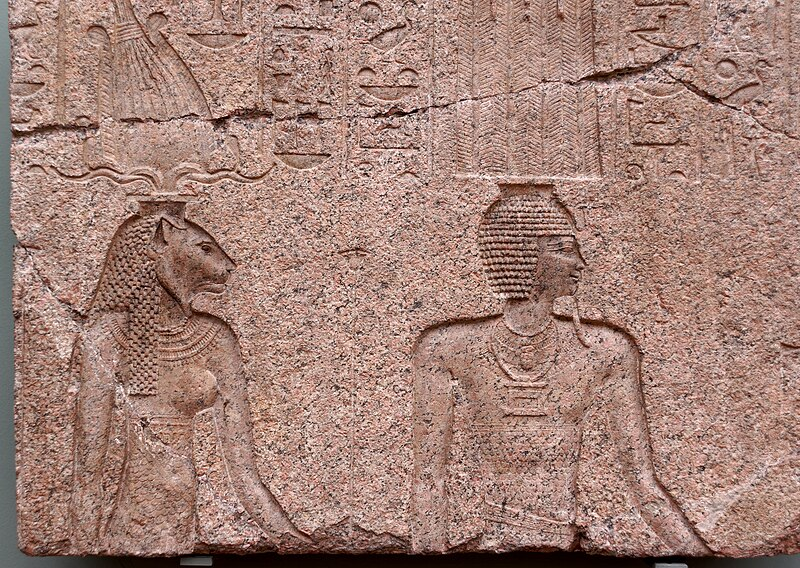
The Temple of Onuris at Sebennytos, built during the 26th Dynasty around 664 BCE, is a significant yet largely obscure archaeological site dedicated to Onuris, the ancient Egyptian god of war and hunting. Located in the Nile Delta, this temple remains mostly buried, raising intriguing questions about why it was less prominent than other temples of the time. Despite its relative obscurity, the temple offers valuable insights into regional religious practices, political transitions, and the role of Onuris in ancient Egyptian society.
The Historical and Religious Context of Onuris
Onuris, also known as Anhur, was a warrior deity associated with strength, protection, and the pursuit of order. He was often depicted as a bearded man wearing a crown with four tall plumes, holding a spear or weapon, symbolizing his martial prowess. In mythological traditions, Onuris was revered as a mighty hunter who captured and returned the goddess Mehit from a distant land, an act that symbolized restoring balance and order to Egypt.
His worship was particularly strong in Upper Egypt, where he was considered the patron deity of the city of This (near Abydos). However, the construction of a temple dedicated to him in Sebennytos, located in the Nile Delta, suggests a broader regional significance. The 26th Dynasty, also known as the Saite Period, marked a resurgence of native Egyptian rule following centuries of foreign influence, making the temple’s construction a reflection of renewed interest in local deities and traditions.
The Significance of the Temple’s Location in the Nile Delta
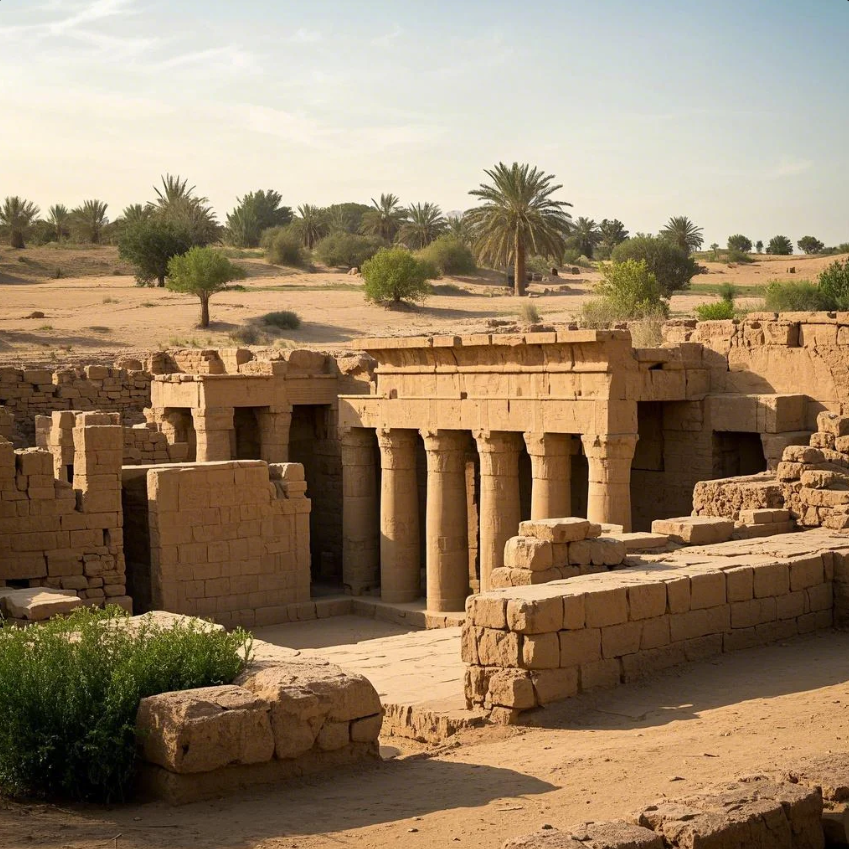
The Nile Delta was an agriculturally rich and strategically vital region in ancient Egypt. It served as a bridge between the Mediterranean world and the heartland of Egypt, making it a focal point for trade, migration, and military activity. Despite these advantages, the region was not the central political and religious hub that Thebes and Memphis represented during much of Egyptian history.
Sebennytos itself was an important city, later becoming the birthplace of Nectanebo I, the founder of the 30th Dynasty, the last native Egyptian ruling house before the Persian conquest. However, during the 26th Dynasty, the city did not hold the same prestige as Thebes, where Amun was the dominant deity, or Heliopolis, where the cult of Ra flourished. This may explain why the Temple of Onuris did not attain the same level of fame or patronage as other major religious sites.
Architectural and Artistic Features of the Temple
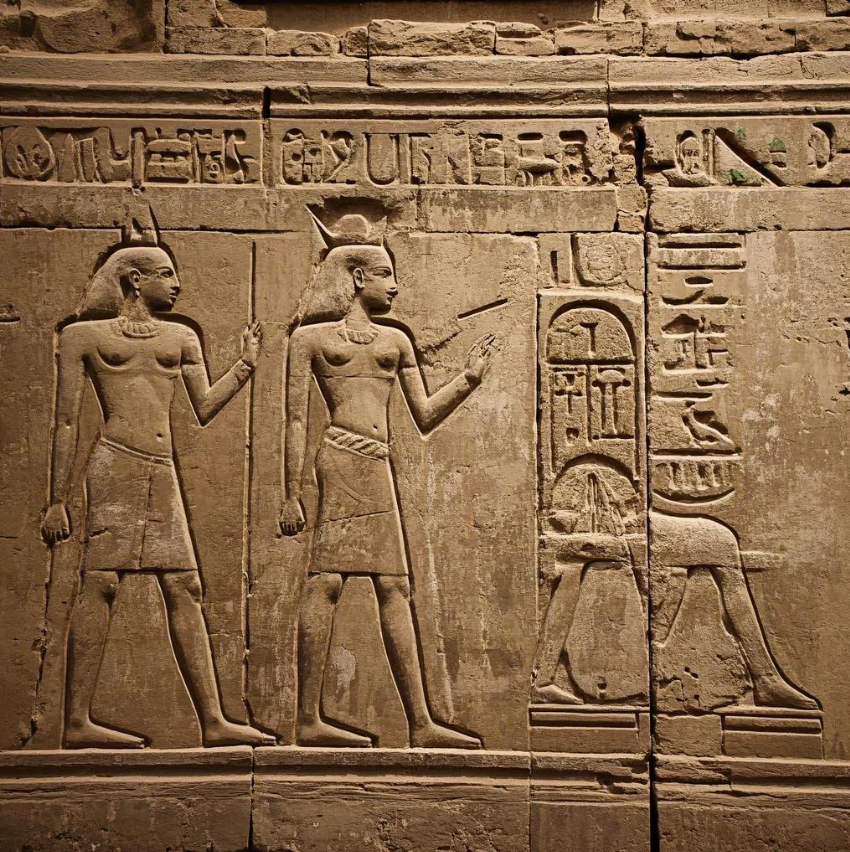
Although the temple remains largely unexcavated, historical accounts and fragmentary evidence suggest that it followed the traditional architectural layout of Egyptian temples. It likely consisted of a grand entrance pylon, a series of courtyards, hypostyle halls, and a central sanctuary housing the statue of Onuris. The temple may have also featured reliefs depicting the god in his martial aspect, emphasizing his role as a divine protector of Egypt.
Statues and inscriptions related to Onuris found in other locations provide insight into how he was represented in temple art. He was frequently shown wearing a long tunic, holding a spear, and sometimes accompanied by Mehit, the lioness goddess he retrieved. If similar artistic motifs were present in the Temple of Onuris at Sebennytos, they would reinforce the connection between martial strength, divine kingship, and the protection of Egyptian territory.
The Temple’s Role in Religious and Political Affairs
The construction of the temple during the 26th Dynasty coincided with a period of Egyptian resurgence following the Third Intermediate Period, which had seen the fragmentation of centralized power and increasing foreign influence, particularly from Nubians and Assyrians. The Saite rulers of the 26th Dynasty sought to restore traditional Egyptian customs and promote a sense of national unity. Temples dedicated to local and warrior deities, such as Onuris, may have been part of this broader ideological campaign.
As a god of war, Onuris was particularly relevant in a time when Egypt faced external threats from the Assyrians and later the Persians. His association with royal power and military strength may have made him an appealing figure for pharaohs seeking to emphasize their role as both spiritual and military leaders. The temple’s location in the Delta, a region frequently exposed to foreign incursions, may have further reinforced its role as a symbolic fortress of divine protection.
Why Did the Temple of Onuris Remain Overshadowed?
Despite its cultural and religious significance, the Temple of Onuris at Sebennytos did not achieve the same level of prominence as temples dedicated to Amun, Osiris, or Ra. Several factors may explain this relative obscurity:
- Competition with Major Religious Centers: The dominance of Amun in Thebes, Osiris in Abydos, and Ra in Heliopolis meant that these gods commanded greater state-sponsored devotion. Onuris, while respected, was a more localized deity and did not have the same expansive priesthood or theological influence as these major gods.
- Geopolitical Shifts: The Nile Delta was subject to frequent shifts in political power and foreign invasions. The instability of the region may have resulted in fewer long-term investments in temple maintenance and expansion.
- Changes in Religious Priorities: Over time, Egyptian religious focus shifted toward gods associated with the afterlife and cosmic order, such as Osiris and Thoth. Warrior deities like Onuris may have become less central to state ideology, leading to the gradual decline of his cult.
- Limited Archaeological Excavation: Unlike temples in Thebes and Memphis, which have been extensively studied and restored, the Temple of Onuris at Sebennytos remains largely unexcavated. This has contributed to its lack of recognition in modern discussions of Egyptian temples.
The Future of Research and Excavation
The Temple of Onuris at Sebennytos holds untapped potential for understanding regional religious practices in ancient Egypt. Future archaeological excavations could provide critical insights into the temple’s layout, its role in the local community, and its relationship with other religious centers. Advances in remote sensing and ground-penetrating radar technology may help locate buried structures and artifacts without extensive disruption to the site.
Additionally, further study of inscriptions and reliefs associated with Onuris in other locations could shed light on the specific rituals performed at his temple in Sebennytos. Understanding how his cult evolved over time could provide valuable context for the broader religious and political landscape of the 26th Dynasty.
Conclusion: A Forgotten Legacy of Strength and Protection
The Temple of Onuris at Sebennytos, though overshadowed by more prominent religious sites, represents an important chapter in the history of ancient Egyptian worship. Dedicated to a powerful warrior god, it reflects the martial and protective aspects of Egyptian theology, as well as the shifting religious landscape of the Late Period.
As Egyptologists continue to uncover new findings, the temple’s significance may become clearer, revealing more about the complex interplay between regional deities, political power, and religious devotion in ancient Egypt. Until then, the Temple of Onuris remains an enigmatic yet crucial piece of Egypt’s vast archaeological heritage, waiting to tell its story.
#OnurisSebennytos #EgyptianSecrets #DeltaMystery #HunterGod #ArchaeologyBuried #LostCivilization #CulturalHeritage #UnearthedHistory
